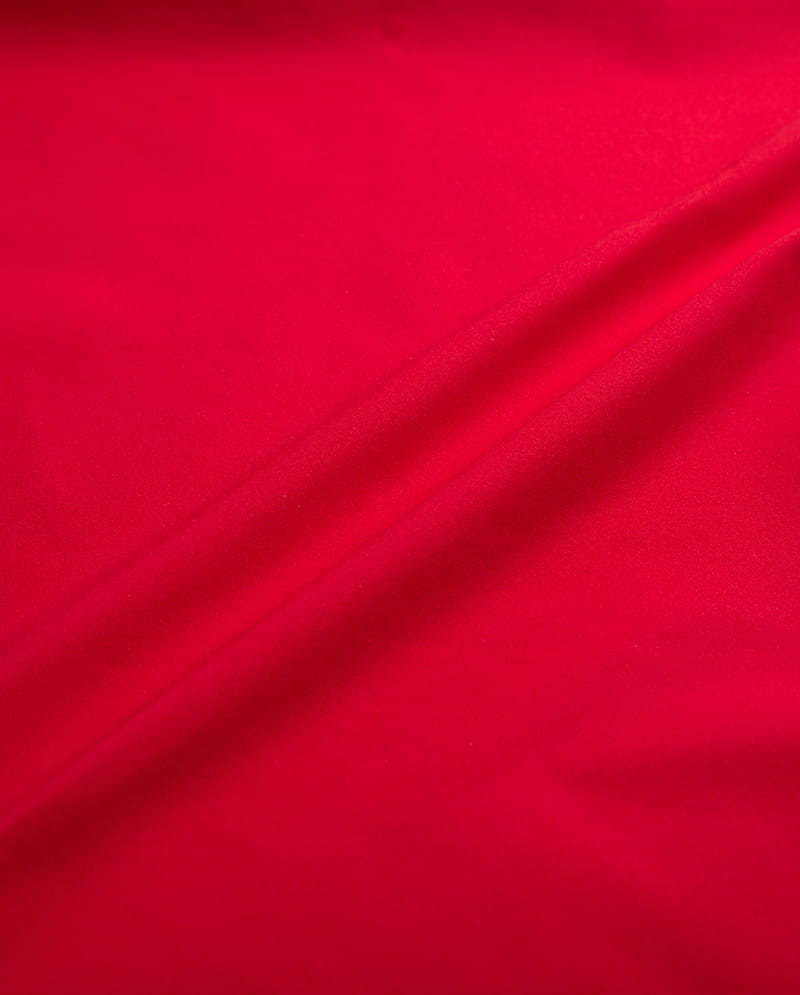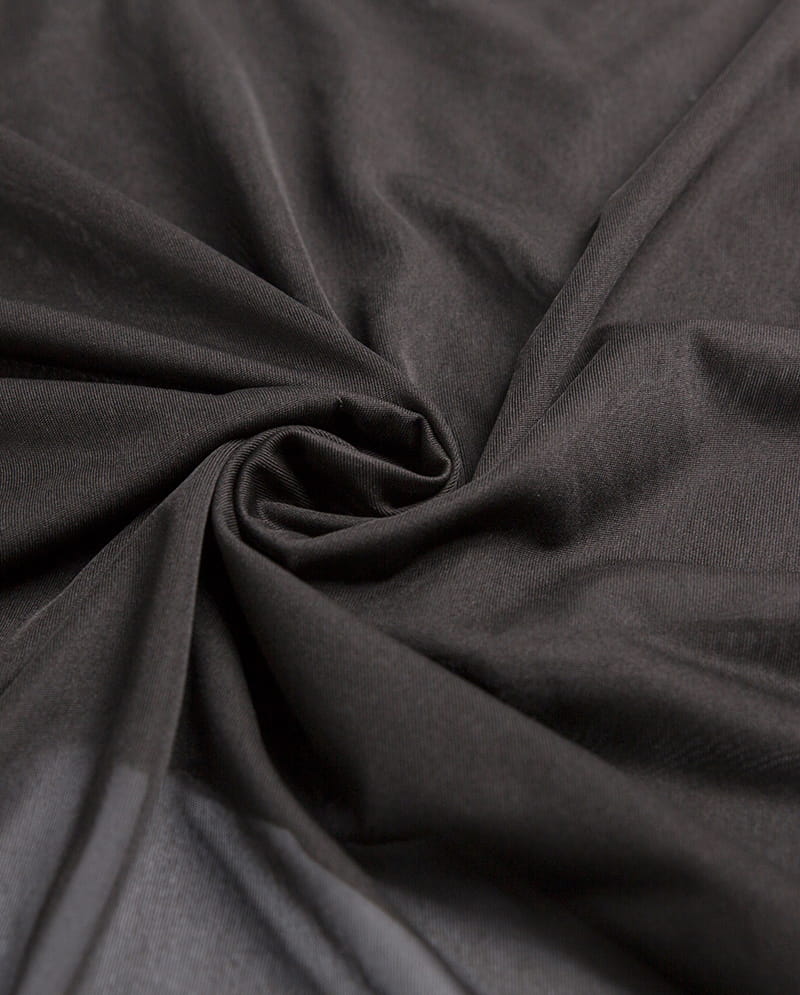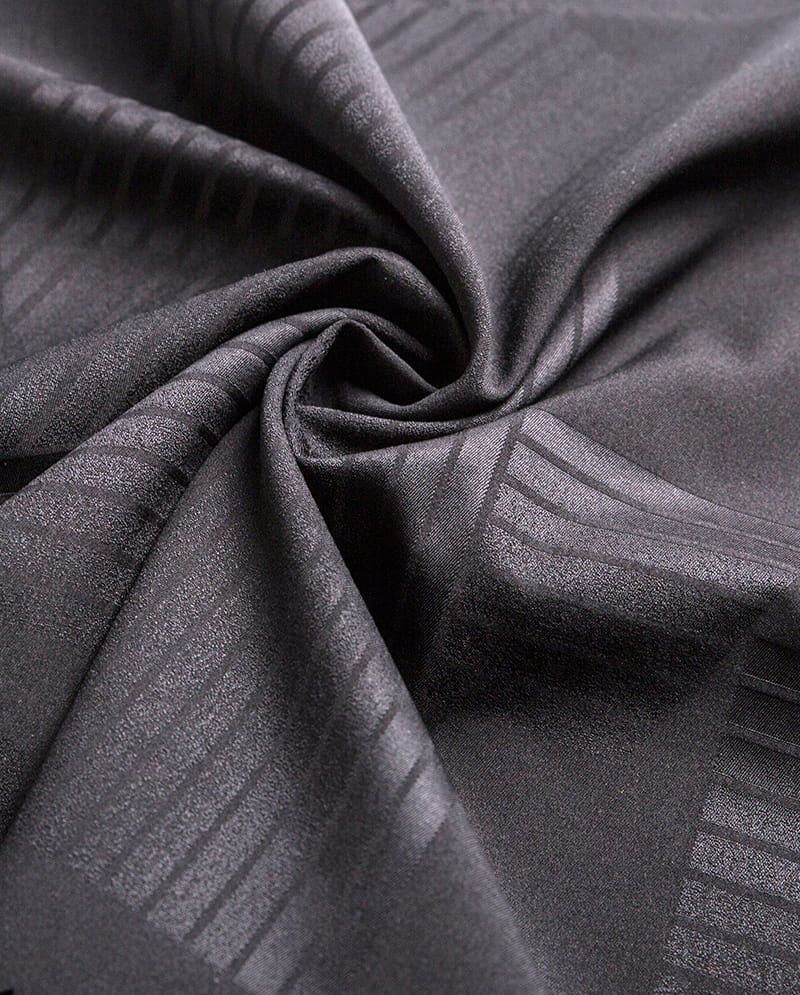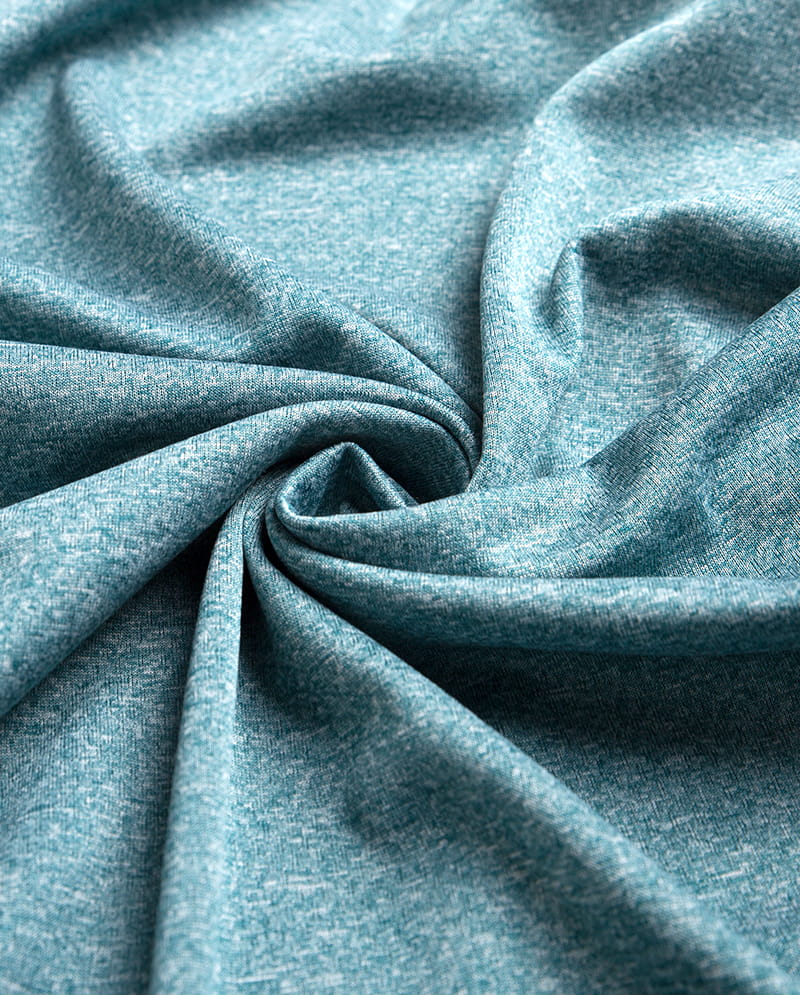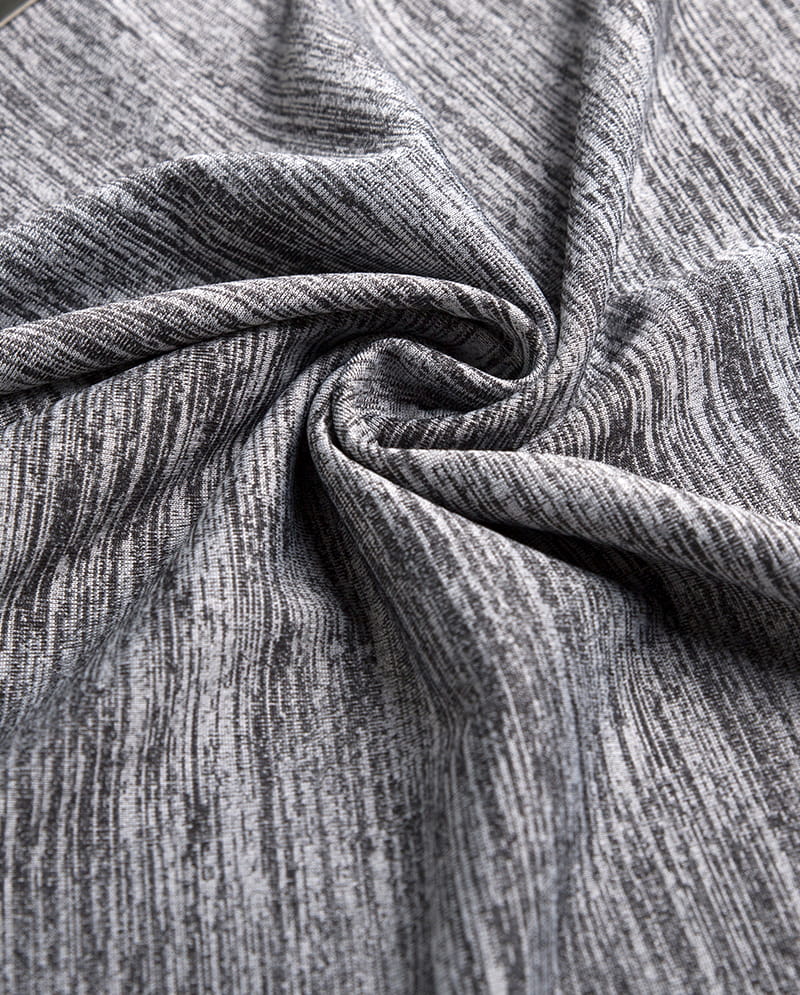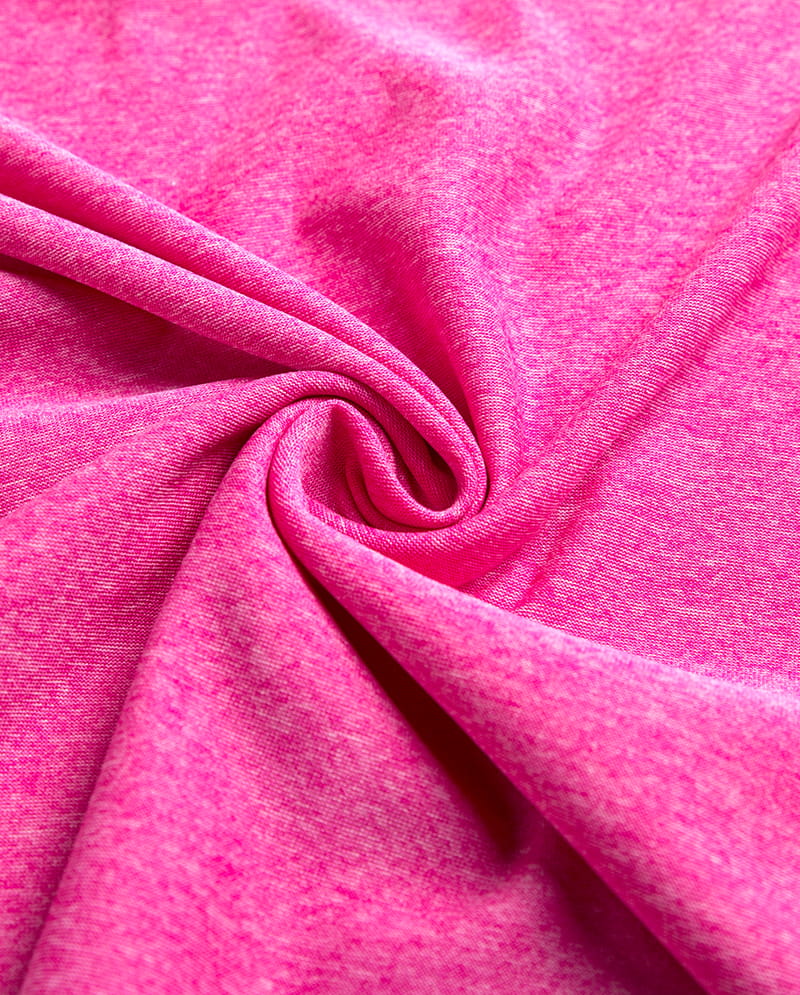Is Knitted Fabric Stretchy, and What Makes It Have That Elasticity?
If you’ve ever pulled on a comfortable t-shirt, stretched out a sock, or curled up in a cozy sweater, you’ve experienced the magic of knitted fabric. That forgiving, flexible, and comfortable quality is its defining characteristic. So, to answer the question directly: Yes, knitted fabric is inherently stretchy. But have you ever stopped to wonder why? What is it about this type of fabric that gives it such unique elasticity compared to other materials?
The answer lies not in the fiber itself, but in its very structure. Understanding the mechanics of knit fabric construction unlocks the secret to its stretch, drape, and comfort. This article will dive deep into the world of knitting, exploring the engineering behind the elasticity that makes these fabrics a cornerstone of comfortable clothing and versatile textiles.
The Fundamental Difference: Knit vs. Woven
To truly appreciate what makes knit fabric special, we must first contrast it with its textile counterpart: woven fabric.
Imagine a woven fabric, like the denim in your jeans or the canvas on a tent. It is created by interlacing two distinct sets of threads—the warp (vertical) and the weft (horizontal)—at right angles to each other. This creates a strong, stable, and relatively rigid grid-like structure. The stretch in a woven fabric is minimal and is typically only achieved by adding elastic fibers like spandex (Lycra) to the yarn. This is often referred to as mechanical stretch.
Now, picture a knitted fabric. It is not woven but rather constructed from a single continuous yarn (or a single set of yarns) that is looped together repeatedly. This technique creates a series of interconnected loops, much like the handmade scarves you might associate with knitting needles. This looped structure is the absolute key to its natural elasticity.
The Secret Lies in the Loop: How Structure Creates Stretch
The magic of knit elasticity is all about geometry and physics. Each individual loop in the fabric is a tiny, engineered marvel that allows for movement.
The Loop Mechanics: Each stitch forms a loop that can be pulled and distorted. When you stretch a knitted fabric, you are not stretching the yarn itself to its limit (at first). Instead, you are changing the shape of these loops. The loops can elongate, becoming narrower and taller, and then spring back to their original shape when the tension is released. This is the primary source of what is known as structural stretch.
The Curl of the Loop: Another key factor is the curvature of the yarn within the loop. Yarn bent into a tight loop stores potential energy. When you stretch the fabric, you are straightening out this curved yarn, which naturally wants to return to its original, curled state. This inherent memory within the loop’s shape is a fundamental driver of recovery and elasticity.
Direction Matters: Understanding Stretch Types in Knits
Not all stretch in knit fabrics is created equal. The direction of the stretch is crucial and is determined by how the fabric is constructed. This leads us to two primary categories:
Weft Knitting (The Most Common Type)
This is the style of knitting most people are familiar with. A single yarn runs crosswise, forming loops that build horizontally, row by row. Hand-knitting and most commercial t-shirt fabrics are weft knits. Within this category, you find two main structures with different stretch properties:
Jersey Knit (Single Knit): This is the classic “t-shirt fabric.” It is smooth on one side and has a distinctive bumpy texture on the back. Jersey knit has good stretch, especially crosswise (from selvedge to selvedge). Its lengthwise stretch is usually less pronounced. This is why a t-shirt neckline can stretch out widthwise over time.
Rib Knit: Characterized by its vertical ridges, rib knit (like 1x1 or 2x2 rib) is incredibly elastic. It is created by alternating knit and purl stitches in the same row, which allows the fabric to pull in widthwise and contract. This is why it’s the perfect choice for cuffs, collars, and waistbands—it stretches easily to let you through and then contracts snugly to hold its place.
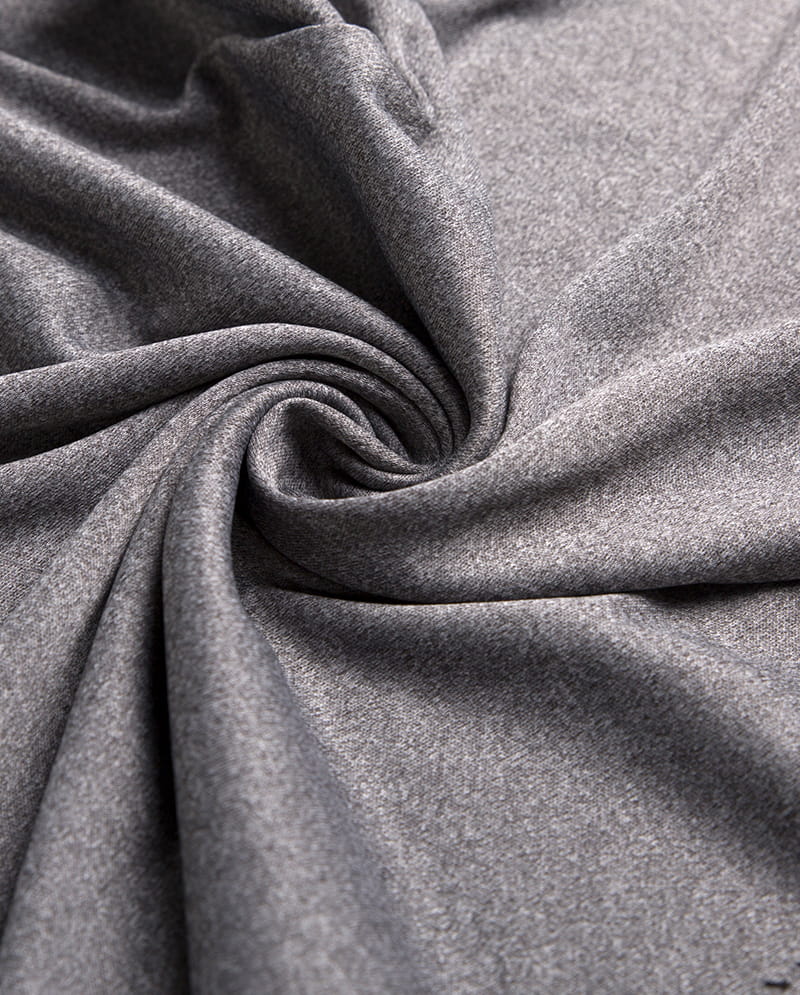
Warp Knitting
This is a more complex industrial process where each stitch is made from its own separate yarn. These yarns run vertically (lengthwise) down the fabric, and loops are formed in a zigzag pattern. Warp knits are generally more stable and run-resistant than weft knits but still possess excellent stretch. Common examples include:
Tricot: Used in lingerie, linings, and sleepwear. It has fine vertical wales on the front and horizontal ribs on the back. It has more lengthwise stretch than crosswise stretch.
Raschel Knit: Used for everything from lacey curtains and technical mesh to heavy blankets. Its stretch properties can vary widely based on its construction.
Therefore, when discussing knit fabric properties, it’s essential to consider whether you’re talking about its crosswise or lengthwise stretch, as this is a major factor in how the fabric will perform in a garment.
Beyond Structure: The Role of Fiber Content
While the looped structure provides the mechanism for stretch, the fiber content of the yarn plays a critical supporting role. It determines the quality of the stretch—its recovery, softness, and durability.
Natural Fibers (Cotton, Wool, Silk): These fibers have some natural give but can be limited in their recovery. A 100% cotton knit will be soft and stretchy, but it may lose its shape and become baggy over time, especially if it’s a heavier fabric. Wool, thanks to its natural crimp, has fantastic elasticity and recovery, which is why wool socks maintain their fit so well.
Synthetic Fibers (Polyester, Nylon): These fibers are often strong and can contribute to the durability of the knit but may not have the same natural recovery as some other fibers.
Elastane (Spandex/Lycra): This is the game-changer. Adding even a small percentage (2-10%) of elastane to a yarn blend supercharges the fabric’s elasticity. Elastane provides tremendous power and recovery, meaning the fabric can stretch further and then spring back to its original shape without becoming distorted. This is why activewear, swimwear, and shapewear rely on blends like 95% Cotton / 5% Elastane.
So, the perfect storm of elasticity comes from a structured loop system constructed from a yarn that contains elastic fibers.
Practical Implications: Why This Elasticity Matters
The stretch of knitted fabric isn’t just a neat trick; it’s the reason for its immense popularity and versatility.
Comfort and Ease of Movement: This is the most obvious benefit. Knit fabrics move with your body, making them ideal for everyday apparel, sportswear, loungewear, and children’s clothing that needs to accommodate rapid growth and constant play.
Drape and Fit: Knits beautifully conform to the body’s contours, creating a flattering drape without the need for complex tailoring and darts required by woven fabrics. This makes them excellent for draped garments and comfortable, form-fitting styles.
Wrinkle Resistance: Because the fabric is already in a state of gentle tension and is made of loops, it is less prone to creasing than a woven fabric, making it a great choice for travel and low-maintenance clothing.
Versatility: From the delicate stretch of a silk jersey to the powerful, compressive stretch of a technical athletic knit, the range of properties is vast. This makes knit fabric suitable for an incredible array of uses, from high-fashion dresses to medical compression garments.
Caring for Your Knits: Preserving the Elasticity
The one potential downside of this wonderful stretch is that it can be compromised. The number one enemy of knit fabric elasticity is poor care.
Overstretching: When a knit is stretched too far for too long (like a heavy, wet sweater hanging on a hanger), the loops become distorted and cannot recover, leading to permanent bagging.
Heat: High heat from dryers or irons can damage the fibers, especially elastic fibers like spandex, melting them or breaking them down and killing their recovery.
Aging: Over time and with wear, all fabrics experience some fatigue.
To keep your knit garments in top shape, lay them flat to dry, avoid wringing them out, and store them folded, not hung. This will protect the delicate loop structure and ensure your comfortable clothes stay comfortable for years to come.
Conclusion: A Perfect Interlocking of Design and Function
So, is knitted fabric stretchy? Absolutely. Its elasticity is not an accident but the direct result of its brilliant, loop-based engineering. The interlocking loops provide the structural foundation for stretch, while the fiber content (especially the inclusion of elastane) enhances its power and recovery. This unique combination of structure and material creates the comfortable, flexible, and forgiving textiles that dominate our wardrobes and our lives. The next time you pull on your favorite comfortable tee, you can appreciate the intricate and clever construction that makes it so perfectly stretchy.

 English
English 中文简体
中文简体